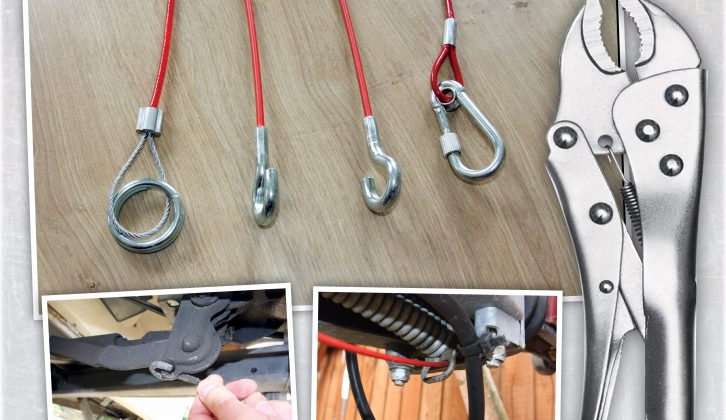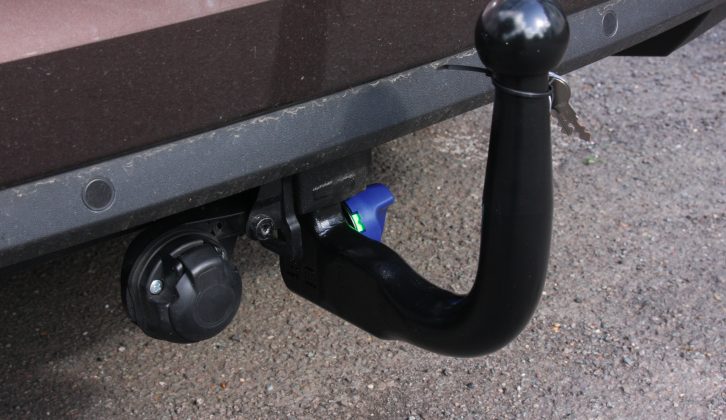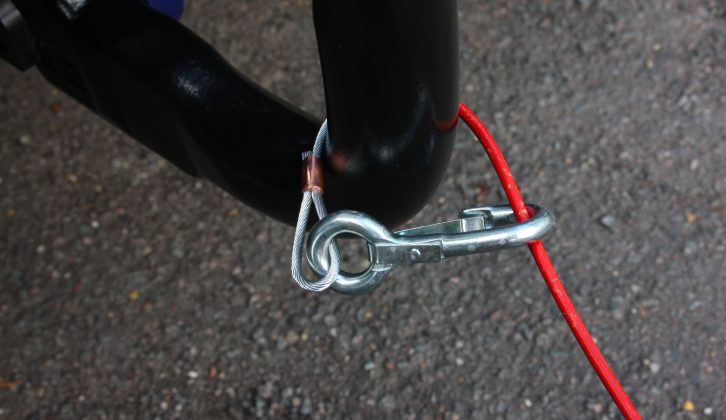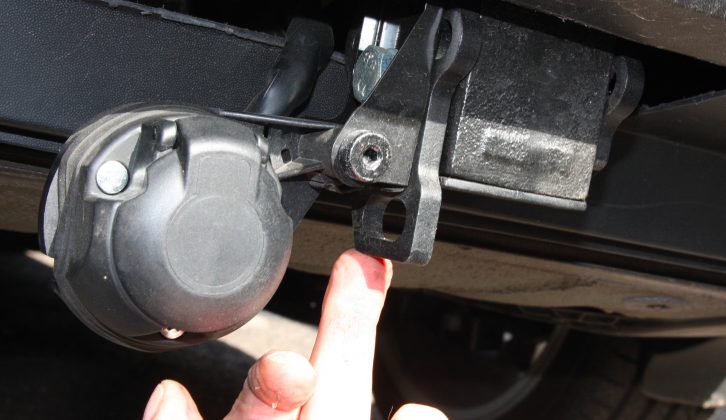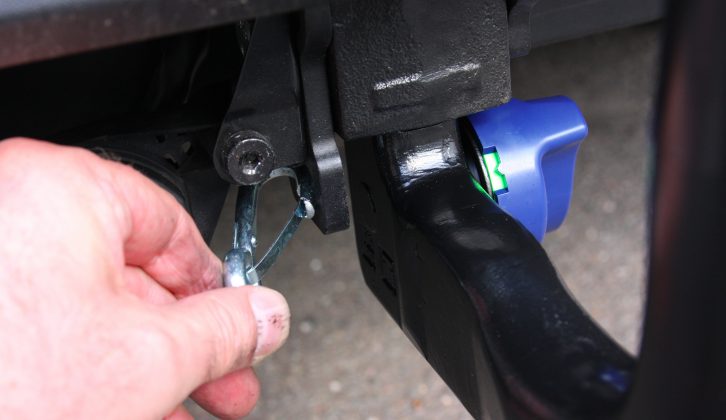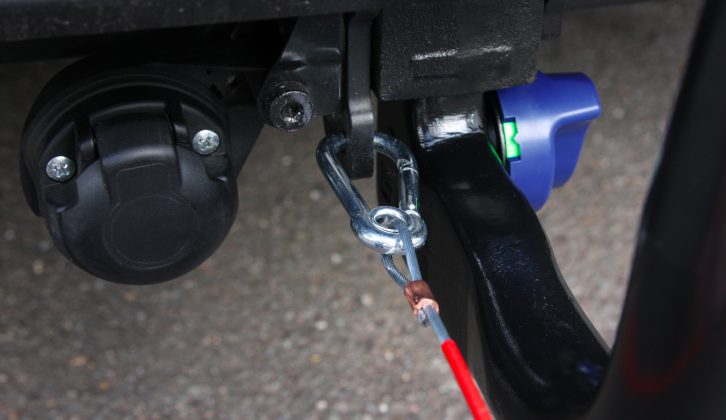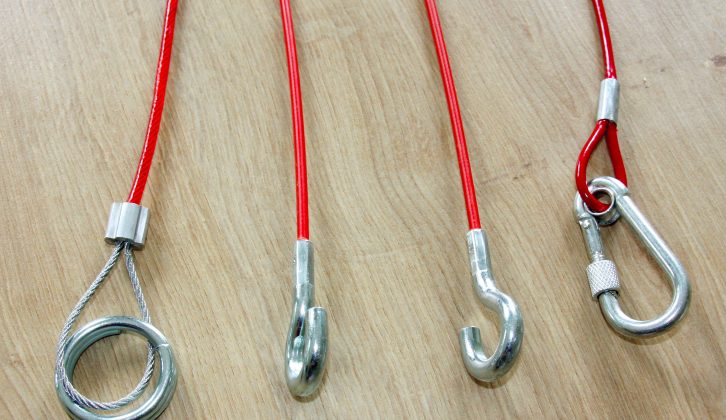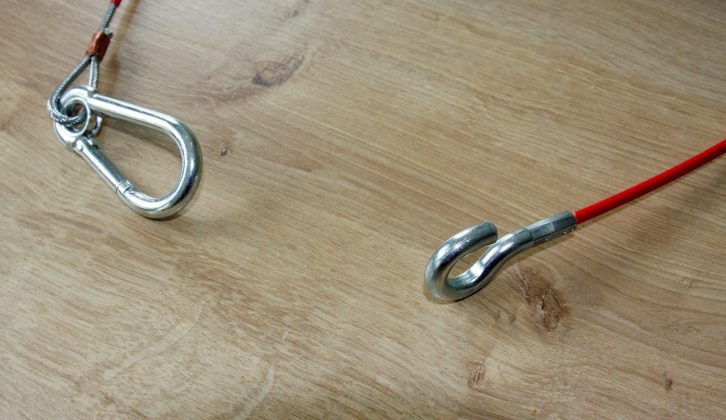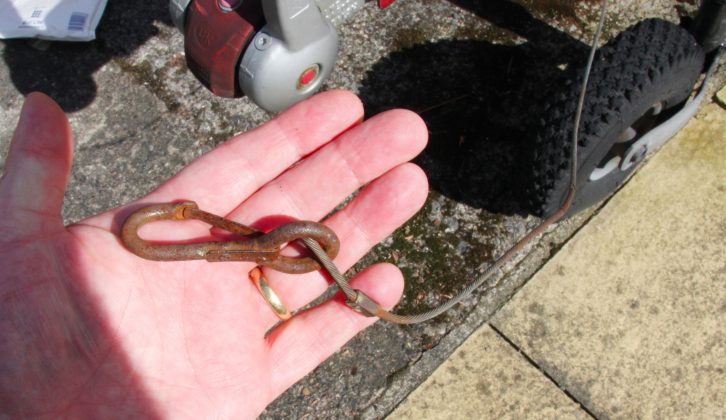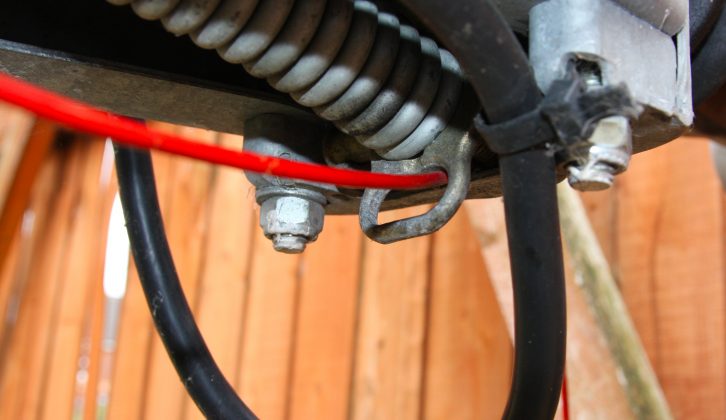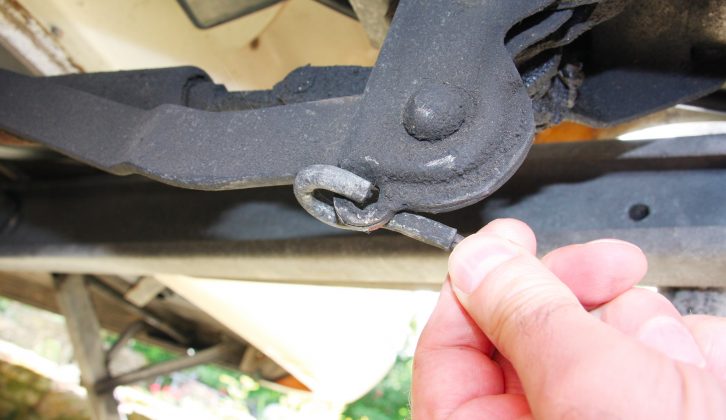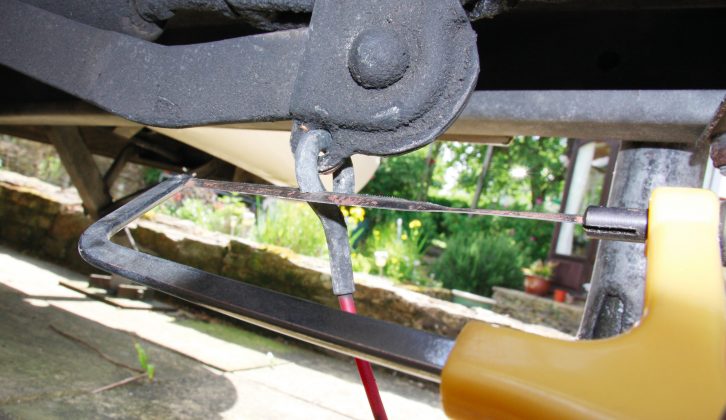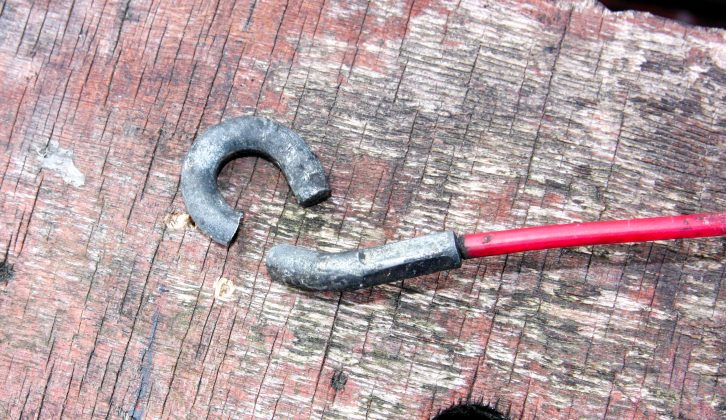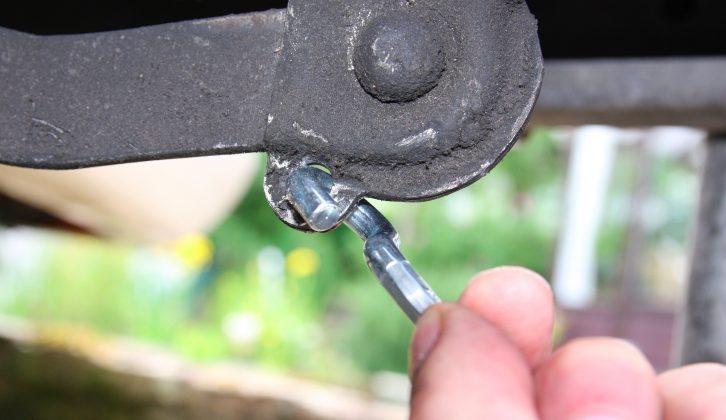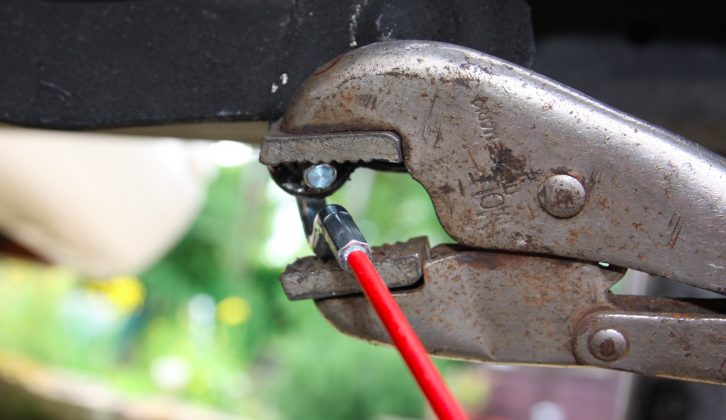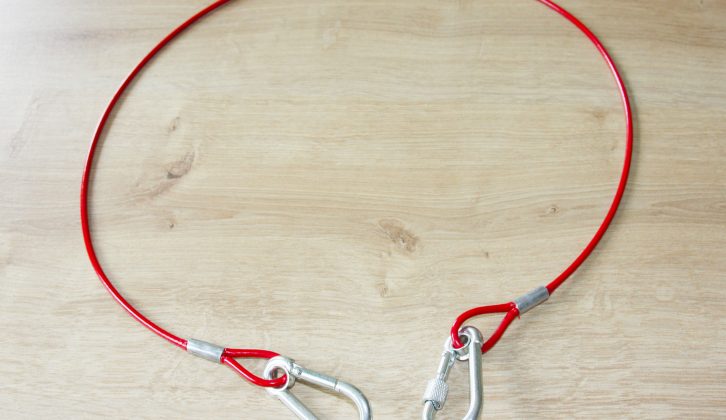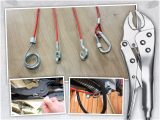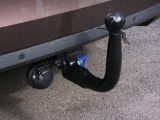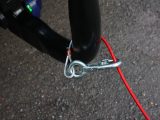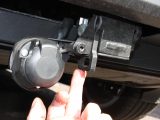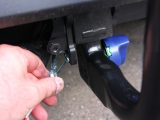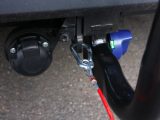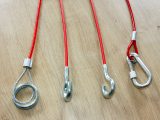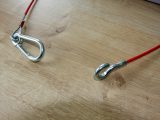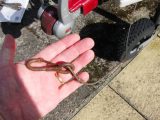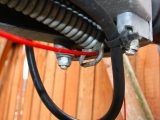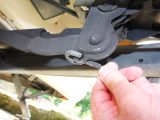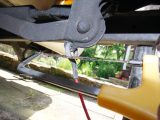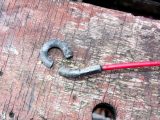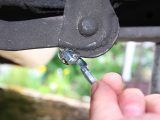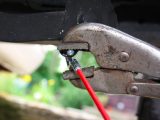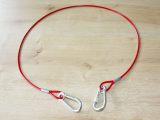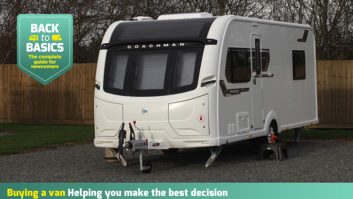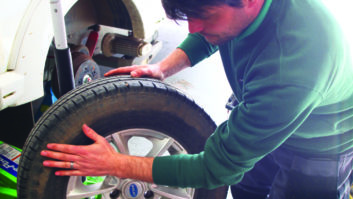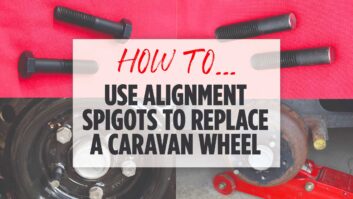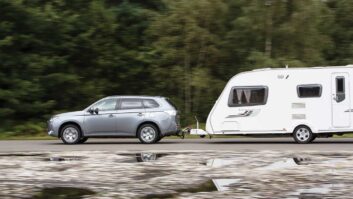I hope that none of you have seen the result of a caravan coming adrift from its tow car.
Fortunately, instances are very rare, but have generally been down to not being hitched properly.
Don’t be fooled into thinking that a caravan will drop off the car’s tow ball within a few metres either.
I recall one serious crash where the outfit had travelled several miles before they parted company.
The legal bit
The law requires that all braked trailers built on or after 1 October 1982 are fitted with a safety device – a breakaway cable – to provide protection in the unlikely event of the separation of the main coupling while in motion.
Put simply, the breakaway cable’s job is to apply the caravan brakes if there’s a detachment.
There are two main issues that can arise with breakaway cables.
First, the cable itself may get damaged or kinked over time which, in the event of an incident might cause it to snap before it’s operated the caravan brakes.
Second, there’s the issue of how and where to attach it to the tow car, depending upon what type of tow bar you have.
Before replacing a damaged cable, it’s probably worth looking at the second issue first.
Types of attachment
Most caravans come with the clip-type breakaway cable. This is meant to be looped back and clipped on itself, and not by using the clip on any other attachment.
If you have a fixed tow ball, then the National Caravan Council (and numerous other respected organisations) say that it’s fine to loop the cable around the tow ball and clip it back on itself.
But what if you have a detachable tow ball?
In that case, you’ll probably encounter some form of attachment loop (as indeed you might on a fixed tow bar), but I have found that many of them are too small for the clip to pass through, so are practically useless for the standard breakaway cable.
That being the case, the official line is, “contact your tow bar manufacturer to see whether it’s acceptable to loop the cable around the detachable tow ball.”
The problem with looping the cable over a detachable tow ball is that should the tow ball drop out of its receiver while towing, then so will the cable, and the brakes will not be operated.
It’s common sense, really.
Carabiner-type breakaway cables
There is another option though, and that is to replace the clip-type breakaway cable with a carabiner type.
This is designed to clip to other attachments and shouldn’t be clipped back onto the cable.
When our caravan was new, I had a carabiner-type breakaway cable fitted because I knew that the attachment holes weren’t big enough for the clip type to pass through.
Recently, both my son and dad had new detachable tow bars fitted to their cars, and while both have loops for attaching a breakaway cable, these also aren’t big enough for a clip-type cable to pass through.
I’ve also had a look at a couple of fixed tow bars, and it’s a similar story there.
Which tow bar do you have?
With flange-type tow bars, there are aftermarket attachments you can fit, and in the Netherlands (where looping around the tow ball is prohibited), they sell clamp-on brackets that attach to their preferred swan-neck types, but I can’t remember seeing any available in the UK.
Be mindful that the attachment point shouldn’t be more than 100mm from the centre line of the tow ball.
When we examined the breakaway cable on our project van it was obvious a replacement was required, because the red plastic covering had perished and the cable was kinked.
The tools for the job
Weighing up all this information, I decided to replace the old cable with a carabiner-type one.
First, I obtained a selection of cables. Fitting any of the cables is relatively simple, but you do need some grip strength to fit the Al-Ko ones.
For this job, you’ll need a couple of tools: a junior hacksaw and mole grips.
The first thing to do is to note where the original breakaway cable is routed.
Most new(ish) caravans have a guide loop somewhere near the front of the hitch, but dating from 1999, our project van doesn’t have such a guide fitted.
Having noted the routing, the hook that attaches the cable to the brake mechanism needs to be cut in half using the hacksaw. You can then remove the old cable.
Fitting the new breakaway cable
Starting from the front, feed the new cable (hook end first) back along the original route, and through any guides, then hook it into the ring in the brake mechanism.
Then, in stages, gradually close the opening of the hook using the mole grips – doing this takes quite a bit of strength. Continue until the gap in the hook is almost closed.
If you haven’t got the strength to use the Al-Ko cable(s), then try an alternative type.
One cable had a carabiner clip at each end, with a locking device for the brake mechanism.
The second cable was like a large keyring which had to be opened at one end and fed through the ring in the brake mechanism.
Be warned, though, this latter type was very strong so was difficult to open and get started in the brake’s ring.
Finally, with the car and caravan hitched, check that the new breakaway cable isn’t likely to be pulled tight when cornering – but neither does it want to drag on the road.
The breakaway cable’s job is to apply the caravan brakes if there’s a detachment
